For architects looking to build structures that are sustainable and efficient, today’s solar-reflective coatings offer a powerful, cost-effective option.
Many of the benefits of solar-reflective coatings ultimately boil down to their cooling effect. When implemented along with proper insulation and an efficient building envelope, reflective coatings on roofs can drastically reduce a building’s heat absorption.
Todd Weiss, Technical Director for Coil and Extrusion at Sherwin-Williams, said the average solar-reflective coating can get up to 40 degrees cooler on a roof than a non-reflective coating.
For building owners, that translates directly to savings in cooling costs.
“The biggest advantage is that the cooling cost is significantly reduced,” Weiss said. “It's really been a great success story from a sustainability perspective.”
This cooling attribute can help to mitigate the heat island effect, which causes the absorption of heat in dense urban areas. This not only poses risks to human health, but can also increase energy demands, increase air pollutants and reduce water quality. Solar-reflective coatings are one tool builders can use to help combat this issue in cities.
Solar-reflective coatings also offer the benefit of longevity due to their heat and UV light resistance. Weiss said this heat resistance helps protect coatings from the damage of thermal shock that comes from rain hitting a hot rooftop. With a solar-reflective coating, the roof consistently maintains a much lower temperature and sustains less damage from rains or quick changes in temperature. This is a sustainability win-win: the coating will outlast sun and heat damage for longer before needing to be replaced, and it works to reduce energy consumption over the course of its life.
Products like Sherwin-Williams’ Fluropon and WeatherXL lines come standard with solar reflectivity. The company has been putting these architectural coatings to the test at its Fort Myers, FL testing site, where panels are exposed to harsh weather, strong UV rays and unrelenting heat. For decades, more than 100,000 paint samples have been withstanding these conditions, many enduring with the help of solar reflectivity. On top of the sustainability and cost savings, this durability also means that the coatings retain their color consistency and gloss retention for an attractive look.
While Weiss said solar-reflective coatings may not be standard across the industry just yet, he sees that customers are understanding the value and payback offered by these durable systems.
For green builders, Weiss said opting for reflective coatings is a no-brainer.
According to ENERGY STAR, Americans spend $40 billion per year on air conditioning alone, which accounts for one sixth of the electricity generated. By using solutions like reflective coatings to help reduce cooling costs, builders can save owners a great deal of money, while simultaneously reducing energy consumption and mitigating negative impacts to the environment.


